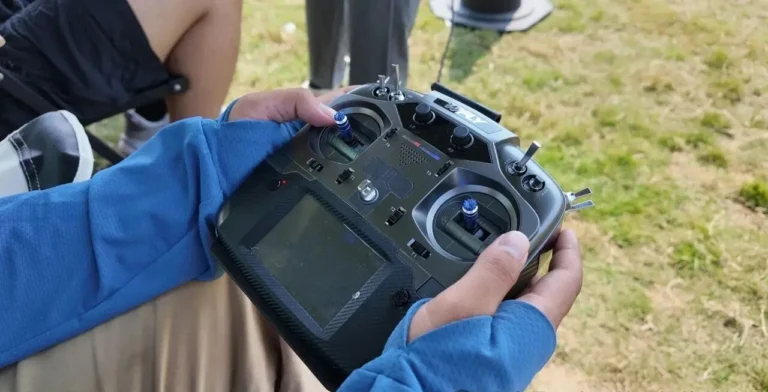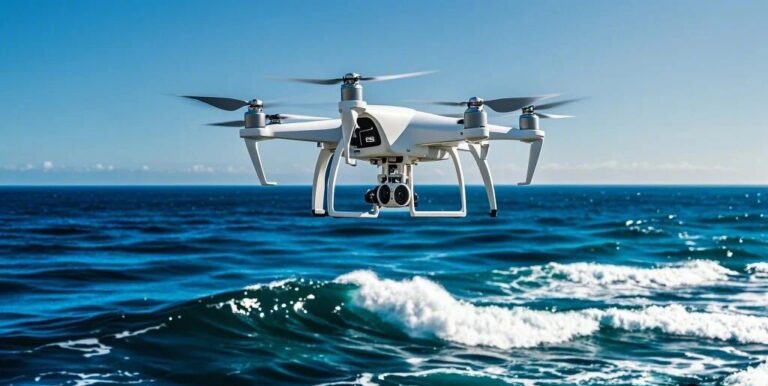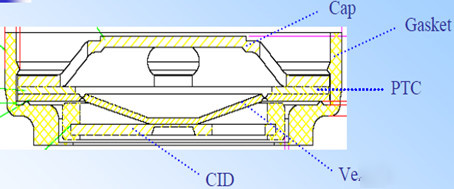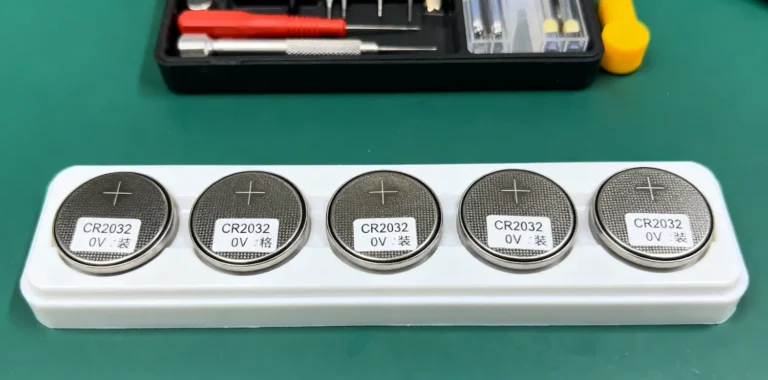2025 Drone Battery Maintenance Guide
Proper battery maintenance not only enhances flight safety but also extends battery life by over 30%.
As a lithium battery engineer, I understand that drone batteries require the most meticulous care among all components. Maintaining drone batteries effectively extends their lifespan and prevents flight accidents. This guide systematically outlines professional battery maintenance techniques to maximize performance and value.
Whether for consumer aerial photography drones or industrial-grade work drones, the fundamental principles of battery maintenance remain consistent. By following these professional recommendations, your batteries will retain over 80% of their capacity performance even after 200 charge cycles.
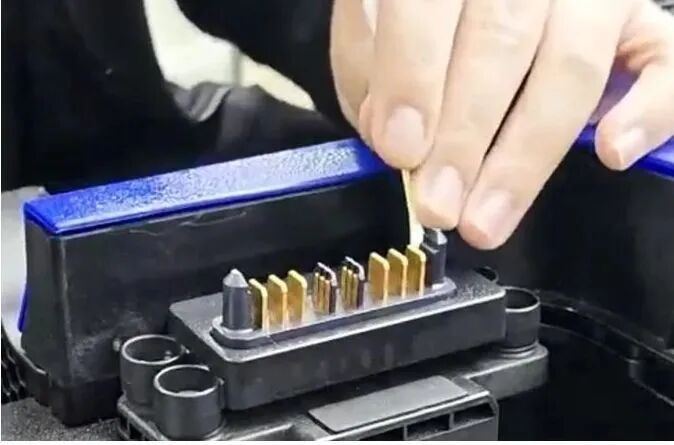
I. Drone Battery Connector Cleaning and Anti-Corrosion Techniques
Drone battery connectors serve as critical pathways for electrical energy transfer, making their cleanliness paramount. Oxidation or contamination on tail plugs and battery connectors increases resistance, leading to overheating or even connection failure.
For cleaning, gently wipe metal contact points with a cotton swab dipped in anhydrous alcohol. For stubborn oxidation layers, high-precision electronic equipment cleaner may be used, but ensure all residual liquid is thoroughly wiped away afterward. Only use the battery once it is completely dry.
In agricultural applications, pesticide corrosion poses the primary threat to battery interfaces. After each operation, thoroughly wipe the drone battery surface and plug with a dry cloth to prevent chemical corrosion of the interfaces. Always replace the charging plug cap after charging—a critical step often overlooked by many pilots.
II. Best Practices for Daily Drone Battery Use
Avoid Overcharging and Over-Discharging Drone Batteries
Over-discharging is the number one killer of battery life. When battery voltage drops below 3.7V, it declines rapidly, and improper handling can lead to over-discharge. The wise approach is to return to base early; after the battery alarm sounds, land as soon as possible.
Overcharging is equally hazardous. Use reliable chargers and regularly verify their cutoff functionality. Lithium polymer batteries must be monitored during charging; investigate immediately if charging duration appears abnormal.
Drone Battery Temperature Management Strategy
The optimal operating temperature range for drone batteries is 5°C to 40°C. After flight, allow the battery to cool below 40°C before recharging. During summer heat, cool batteries retrieved from outdoor environments to room temperature before charging.
Winter cold significantly degrades battery performance. Implement insulation measures after discharge to maintain battery temperatures above 5°C. Upon receiving a low-battery warning in cold conditions, immediately return to base and land.
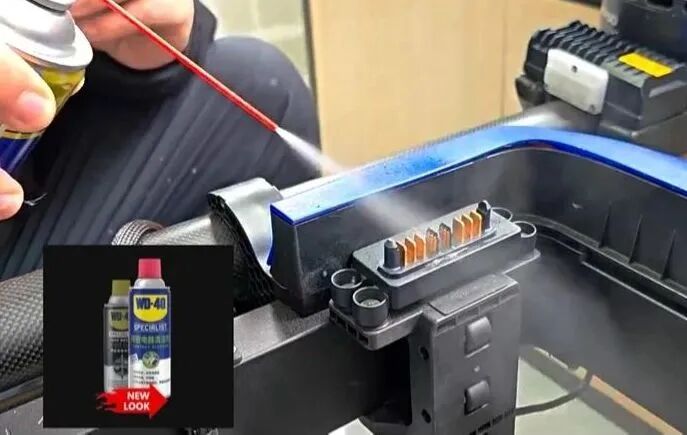
III. Professional Methods for Long-Term Storage of Drone Batteries
Battery Charge Level Management and Periodic Maintenance
During extended storage, maintain the battery charge level between 40% and 65%. Storing a fully charged battery for over three days may cause damage, while storage exceeding one week may lead to battery swelling.
Every three months, perform a full charge-discharge cycle on stored batteries to maintain cell activity. If batteries remain unused for three months, recharge and discharge them before resuming storage.
Storage Environment Requirements for Drone Batteries
Store batteries in a cool, dry environment with an ideal temperature range of 10-25°C (50-77°F). Use explosion-proof containers for storage, keeping batteries away from flammable or explosive materials.
When storing multiple batteries together, limit each group to no more than 4 batteries, with at least 30 cm spacing between groups. Avoid stacking or tilting batteries to prevent connector damage from impact.
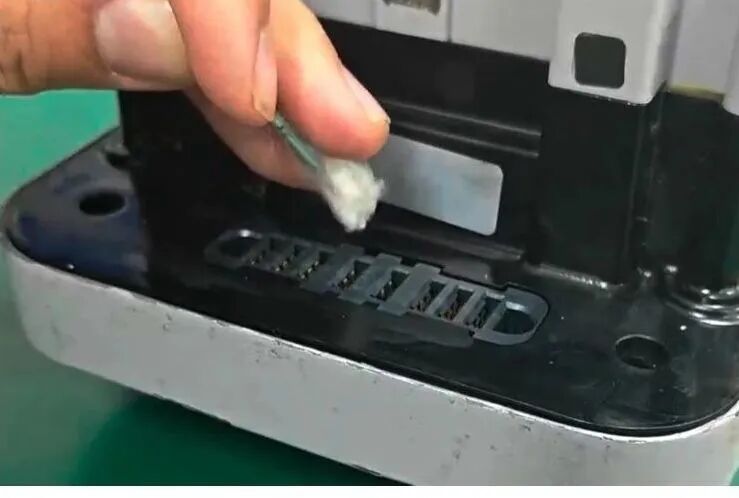
IV. Seasonal Maintenance Tips for Drone Batteries
Summer Protection for Drone Batteries
During hot summer months, avoid direct sunlight on batteries. Ensure vehicle ventilation when parked. Temperatures inside a sealed vehicle exposed to direct sunlight can reach 80°C (176°F), potentially causing battery combustion.
During transport, lay batteries flat to minimize jostling and impact. Avoid aggressive flight maneuvers, as rapid climbs and steep dives significantly increase battery load.
Winter Operation Tips for Drone Batteries
Before winter flights, store batteries in a warm environment and deploy them immediately after installation. In cold conditions, reduce flight time to half that of normal temperatures and raise the alarm voltage threshold (e.g., adjust single-cell batteries to 3.8V).
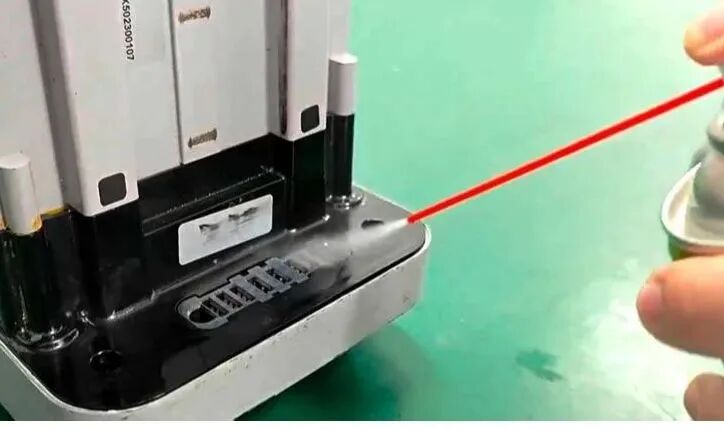
V. Drone Battery Safety Operations and Emergency Response
Daily Inspection Procedure for Drone Batteries
Regularly inspect the battery body, handles, cables, and power plug for any damage, deformation, corrosion, discoloration, or exposed wiring. Simultaneously check that the plug is securely connected to the drone body.
Handle with care as a fundamental requirement; avoid dropping or impacting the battery. Never lift the battery by its power cable, as this may damage internal connections.
Emergency Response for Drone Batteries
If a battery emits smoke or catches fire, extinguish it using copious amounts of water, sand, or a fire extinguisher. Completely submerge the battery in water for at least 72 hours to ensure full discharge before disposal.
Note: Never use dry powder fire extinguishers on lithium battery fires. Dry powder requires extensive coverage for solid metal fires and corrodes equipment. Isolation and suffocation remain the optimal methods for addressing lithium battery combustion.
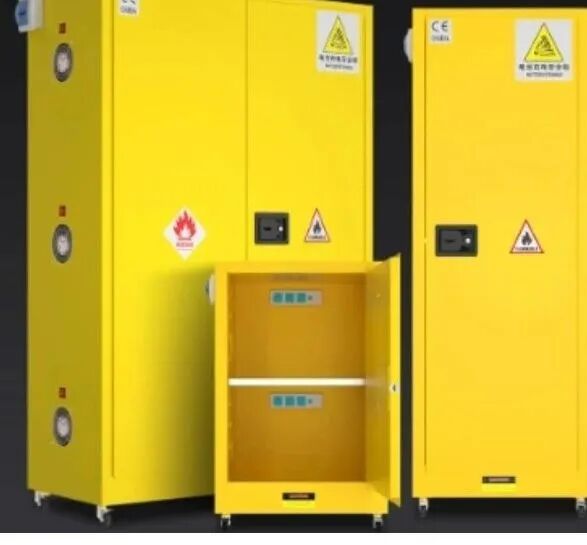
VI. Special Features of Smart Batteries
Modern smart flight batteries are equipped with a self-discharge function. Taking DJI drones as an example, a fully charged battery will automatically discharge to 96% after 3 days of storage and to 60% after 9 days.
Users can adjust the self-discharge time via the app, though it is recommended to maintain the default setting. This feature effectively prevents battery degradation caused by long-term storage at full charge, serving as a crucial technology for extending battery lifespan.
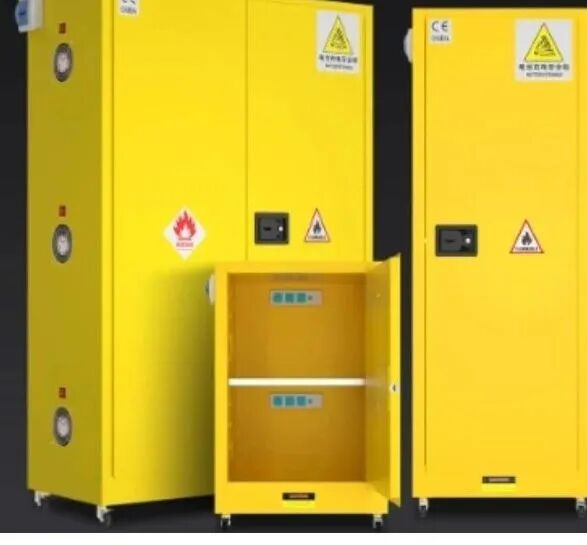
Proper drone battery maintenance is both a science and a critical factor in ensuring flight safety. By regularly cleaning connectors, avoiding overcharging and over-discharging, controlling storage temperatures, and properly managing self-discharge, you can significantly enhance battery performance and lifespan.
It is recommended to maintain a battery maintenance log, recording the timing of each cleaning, charge/discharge cycle, and maintenance task. This aids in tracking battery health. Should a battery exhibit swelling or a noticeable decline in performance, it should be replaced promptly rather than continued use.
By following these professional guidelines, your drone batteries will deliver more enduring and reliable power support, making every flight safer and more efficient.


